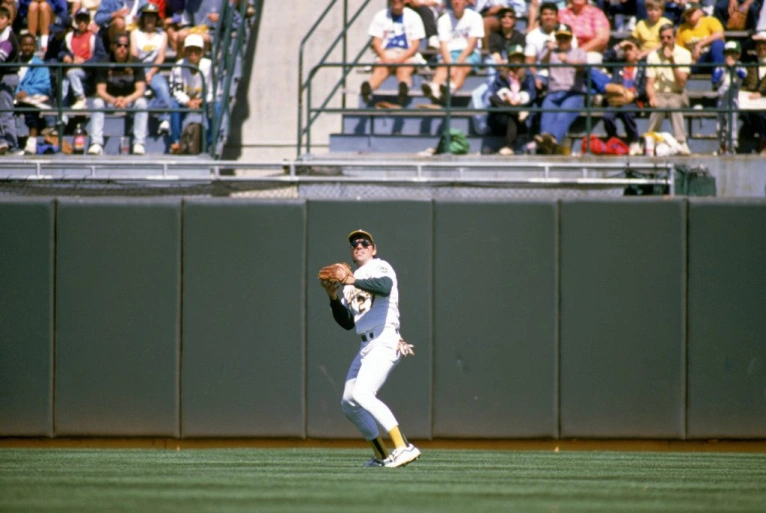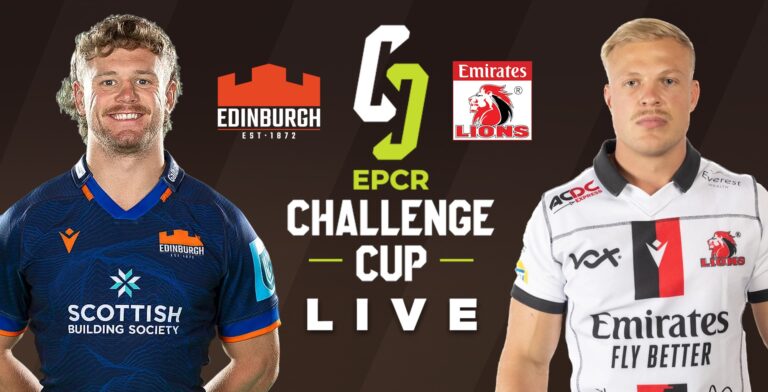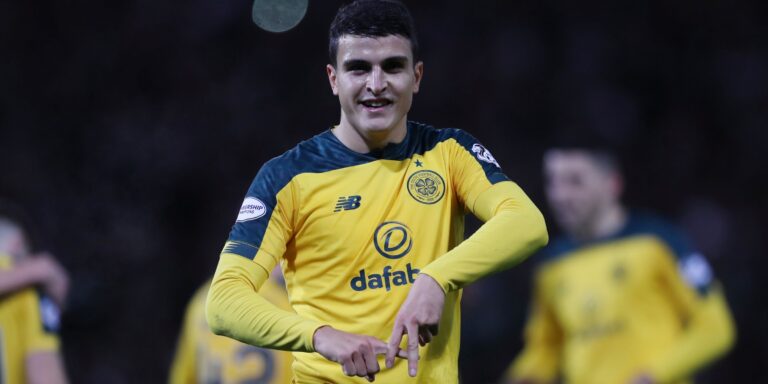
It is now 22 years since Michael Lewis published his groundbreaking treatise on winning against the odds in a crowded, expensive sports market. Lewis’ book was called Moneyball: The Art of Winning an Unfair Game. Although it was about baseball, the trade secrets announced within it have steadily seeped out through cross-application to the sporting world outside.
The central characters in Lewis’ drama – Oakland Athletics general manager Billy Beane and ‘Sabermetrics’ outsider Bill James – first began to question received baseball wisdom, then found the right data to back up their own very different perception of the game. They showed how a more accurate and far-reaching use of data analytics could change the value of players – and by implication coaches – profoundly.
With the aid of James’ tools for evaluation, Beane’s small-market outfit consistently turned the odds on the casino. Back in 2001, the As were able to compete off a miniscule budget of $33.8m with the mighty New York Yankees, who enjoyed the pick of the market at $112.8m. The production costs of the eponymous 2011 movie starring Brad Pitt were roughly the same as Oakland’s entire playing budget one year earlier.

Instead of competing on an unfair playing field for established stars, Beane looked for cheap, undervalued free agents [there were plenty], and focused on developing talent within the As’ own farm system of minor league feeder clubs. The Moneyball approach took Oakland all the way to the knockout stages of the ‘big show’, even though they could never quite topple the Yankees in the final act.
Six months before Lewis’ book was ever published, John Henry had hired Bill James as a consultant and installed a Yale graduate and Moneyball disciple, Theo Epstein as his GM in Boston. The Red Sox promptly reversed the 86-year ‘curse of the Bambino’ in 2004 and went on to win the MLB championship again three years later. The orthodoxy’s last line of defence, that playing Moneyball would win you games but not titles, was busted in the process.
Zack Scott spent 18 seasons with the Red Sox as a consultant, and summarised the advance of data analytics and quantitative metrics as a growth “from [the use of] 10,000 data points to 10 billion data points during this time”. The Tampa Bay Rays now have 39 dedicated analysts, as teams build predictive models to churn the latest biomechanical data, assisted by intimate camera footage.
Translate that to the world of international rugby and Australia are the small-market equivalent of the Oakland As. With rugby playing third fiddle to Aussie rules and the NRL, the game seldom has its pick of star athletes even though it often looks to invest in them convulsively. Following the Moneyball credo, the tailor has to cut his cloth to the material available and look to get ahead of an unfair game in the areas it has always been strong: predictive intelligence and rugby ‘smarts’.

A couple of months ago, I suggested Rugby Australia’s trawl for a new head coach to succeed Joe Schmidt would eventually narrow down to three men – home-grown coaches Stephen Larkham and Les Kiss and an Englishman who enjoys broadening his horizons, Stuart Lancaster. That is indeed the way it could be panning out. If RA look to yoke together the best of both worlds, and appoint Kiss as director of rugby and Lancaster as senior coach, they could be set fair for the future. Remember, you heard it here first.
With Kiss projected as Australia’s long-term successor, his presence as director of rugby would enable Lancaster to concentrate on the things he does best: innovating at the cutting edge of the game and empowering young players to implement those new principles on the field. To play the role Sir Wayne Smith did for New Zealand for so long, always keeping the All Blacks a nose ahead of their opponents in their preparation for games off the field.
Australia would be getting a coaching jewel in Lancaster. Andy Farrell’s Ireland embarked on their 17-match winning run to number one in the world rankings up to the 2023 World Cup only after they had adopted Lancaster’s methods, and the rump of the players based at Leinster. They bought in hook, line and sinker and they reaped the rewards.
The Cumbrian’s influence has spread far and wide. If you wonder about the meteoric rise of young Louis Bielle-Biarrey in Union Bordeaux-Bègles, look no further than his Irish attack and skills mentor Noel McNamara. A farmer’s son from County Clare, with a degree in law and European studies, McNamara is now one of the foremost teachers in a sport he never played. An ‘accidental coach’ who became the philosophical mainstay of the Ireland U20s and the Leinster academy? It is a pure Moneyball story.
At Leinster he learned all about the attack patterns Lancaster was pioneering in the senior side and embedded the principles in the academy products sprouting from the Dublin schools system. It was none other than Kiss [at the time with London Irish in the English Premiership] who gave McNamara a key morsel of advice in his coaching career: “An element of risk can make you better.” At the same time, Lancaster reminded him of the life of a coach-as-juggler: three glass bowls in the air – work, family life, and your health. “Make sure none drop,” said the Cumbrian.
Like Kiss and Lancaster, McNamara is already well travelled, having experienced coaching life in both hemispheres, with the Sharks in South Africa, at home in Ireland and now away in the Top 14 with UBB. Such coaches learn how to win games against all comers, and this is the quality the Wallabies need now, more than anything else. With Kiss and Lancaster, and Joe Schmidt still in the very prominent background, they would quickly begin to win many more games than they lose.

For those who seek to disparage a 70%-plus win record by saying it is easy to win at Leinster, it is worth recalling the ex-England supremo joined Leo Cullen at a time when the province was in turmoil. Australian head coach Matt O’Connor had been let go after criticisms of the club’s playing style and a lack of opportunity for young players. After O’Connor’s departure, Leinster went on to win only one of six games at the group stage of the 2015-2016 Champions Cup and finished bottom of their pool.
The appointment of Lancaster fixed both problems. When he can coach young or undervalued talent – for which read Kiwis Jamison Gibson-Park and James Lowe at Leinster – without any external [or political] distractions, he is a rip-roaring, runaway success. The problems have only arisen when the bulk of talent is bought in and overvalued rather than produced in-house, as it was in Paris.
Rugby Australia finally seems to be getting it right, looking to develop from within, picking the right coaches to help at the right time, balancing growth at home with overseas experience. It is looking to squeeze the most out of its available resources rather than squandering them.
If there is any area of the game which may be most amenable to a Moneyball-style expansion of data analytics, it is the lineout. The professional lineout is already a game within a game, a complex library of move and countermove. This is one department where deep study can be immediately repaid, and coincidentally it is one where the Wallabies could do with more depth in their leadership. At present forwards coach Geoff Parling has Nick Frost as his primary lineout caller, but the options outside Frost are not so obvious.
Some of the potential issues were underlined in last weekend’s match between the Reds and the Force. The Force stole ten of the Queensland throws and it kept them in a game they otherwise might have lost more comfortably. In the process, the WA second row of Darcy Swain and Jeremy Williams comprehensively out-argued the Queensland pair of Ryan Smith and Lukhan Salakaia-Loto in a game where all four would have been attempting to showcase their Wallaby wares for the forthcoming visit by the British and Irish Lions.
The problems began, but by no means ended with the Reds’ inability to secure ball from the shorter four and five-man lines.
The Queensland caller is number four Ryan Smith, and his preferred option is to call to himself. It is quite clear even from these two early examples this is exactly the scenario for which Swain and co were prepared. Swain rushes to mark the space as soon as Smith enters at the tail in the first clip, and the Force counter-jumpers mirror his movement all the way down the line in both instances.
The most disappointing aspect for Queensland supporters was how little had changed by the second period. There were no magical half-time fixes.
Either Smith [or his replacement Conor Vest] were still starting at the tail and dropping down towards the middle off a dummy or two, and either Swain or Harris were still picking them off, right until the end of the game.
When one aspect of leadership fails, it can send negative ripple effects into other spheres. Ryan Smith conceded four penalties in a variety of situations all over the paddock – the most of any player on either side. Salakaia-Loto was shut out of an area in which he excels, winning no lineout ball in the hour he spent on the field, and only carrying for two metres off seven runs.
Swain knows where the throw is going right from the start of the first lineout, while in the second the ball sails clean over LSL’s head, and try is a matter of sheer good fortune, and the bounce of an egg-shaped ball.
Rugby Australia can do itself a huge favour over the coming days by appointing Kiss and Lancaster to key roles within the Wallaby coaching group. Both have the invaluable experience of working overseas, and they have done their due coaching diligence in different parts of the world.
With Kiss as director of rugby, an Australian will be in place and the coaching succession plan assured; with Lancaster as senior coach, the predictive intelligence and innovation will be present to drive the game in Aussie forward. It could just be the meeting of minds Australia needs to make the most of its small-market resources and maximise its assets. The lessons of ‘Moneyball’ are still being disseminated around the world in multiple sports, and Australian rugby is gearing up to learn them.




